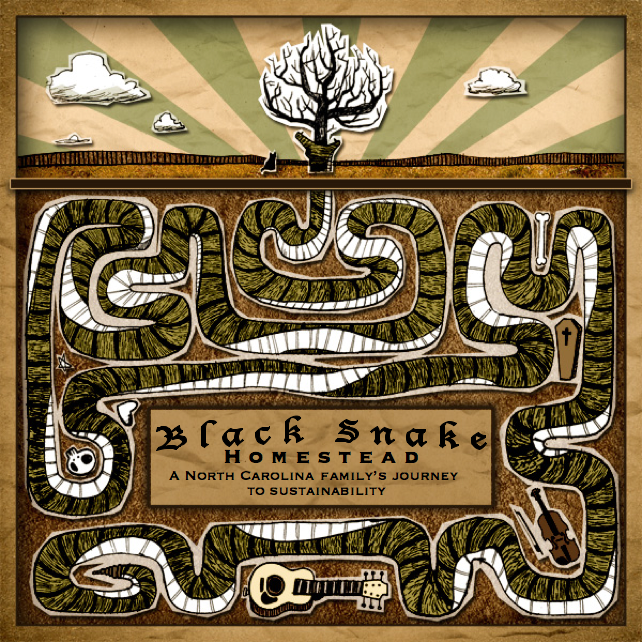

So today, I learned how to use a hammer. And a hand saw.
Building like this (conventionally) makes me really appreciate two things.
First of all, POWER TOOLS. While some power tools sacrifice strength for speediness, there is no getting around the fact that a hand saw is not as fast or accurate as a circular saw. But it sure is a nifty bit of technology itself, the hand saw. And you sure feel pretty cool when you use your own sweat and blood to conquer a tree in about 50 seconds.
The second thing it makes me appreciate is natural building techniques, like cob. An elderly person could not swing a hammer all day. A disabled person could not lift a dozen 2x8's. A teenager, the unemployed, and the underpaid could not afford the lumber in the first place. A conventional build site is not safe for a child to be around. How empowering is it that ANYONE can build with cob! It takes a long time to get good enough at woodworking that you could do it as well as a professional, but cob is quick to learn and quick to master. Cob is slower to build with but it is strong, infinitely customizable, and quite forgiving aesthetically.
Cob also makes a lot more practical sense. It works with what nature already gives you, whereas conventional framing is like "Well, we've cut up strong trees so they are now in a bunch of skinny, weak pieces... now how do we make them strong again?" I was shocked to figure out that in order to connect two pieces of wood (two very large pieces of wood that are going to help hold up MY WHOLE HOUSE), all you do is just... nail the wood together. That's it. Three nails on the end, and four nails coming through at a diagonal, in this sort of awkward overlapping pattern that is something a four year old could have come up with. So the whole house is only as strong as the way you connect the pieces of wood together, and what you use to connect the pieces of wood together. THIS IS INSANE TO ME. We are all living in four-sided toothpick castles, with nothing between you and a hurricane but a few pieces of metal no longer than your thumb.
I can't wait to ditch framing altogether with the next project, but I am VERY glad to be learning woodworking anyways. I think this method makes a lot of sense for smaller projects, or for smaller parts of larger projects. Or for other things I haven't thought of yet, due to my limited experience. And, you know... for... building character? I hope I got some character out of all that hammering.
We used little pieces of pressure treated wood to level out the whole thing. We USED GEOMETRY, like the kind you learn IN SCHOOL that you never thought you'd use!! We measured 6 ft on one side, 8 ft on the other adjacent side, and then measured between those two points to see if the distance was 10 ft (like a 3-4-5 triangle, or a 6-8-10 triangle). That's how you know if you've got a true right angle (you want it to be a rectangle as opposed to a parallelogram).


Then we laid out the floor joists. This is the point where we discovered that a lot of our lumber had rotted to the point where it was unusable. Like 10 of our 2x8x16's. Soooo we will have to make some calls now, to try and get it replaced or at least to get our money back.
The nails are in place in the picture because we were putting in the porch joists next, which run perpendicular to the house floor joists.

That's my little brother Quinten, learning how to use a hammer, too!

And here is what we got done today. We started at about 11am and stopped at 4pm, with a lunch break in between. Then we went back out for an hour or two after the baby went to bed to get a bunch of toenailing done (that's when you nail diagonally, in an ultimately futile attempt to try and keep two huge pieces of trees together... again, CRAZY). We still have to finish the bracing (you can see the little pieces of wood laying on top of the frame for that), finish the toenailing of the porch joists, and then nail the plywood down on top of all of that.















